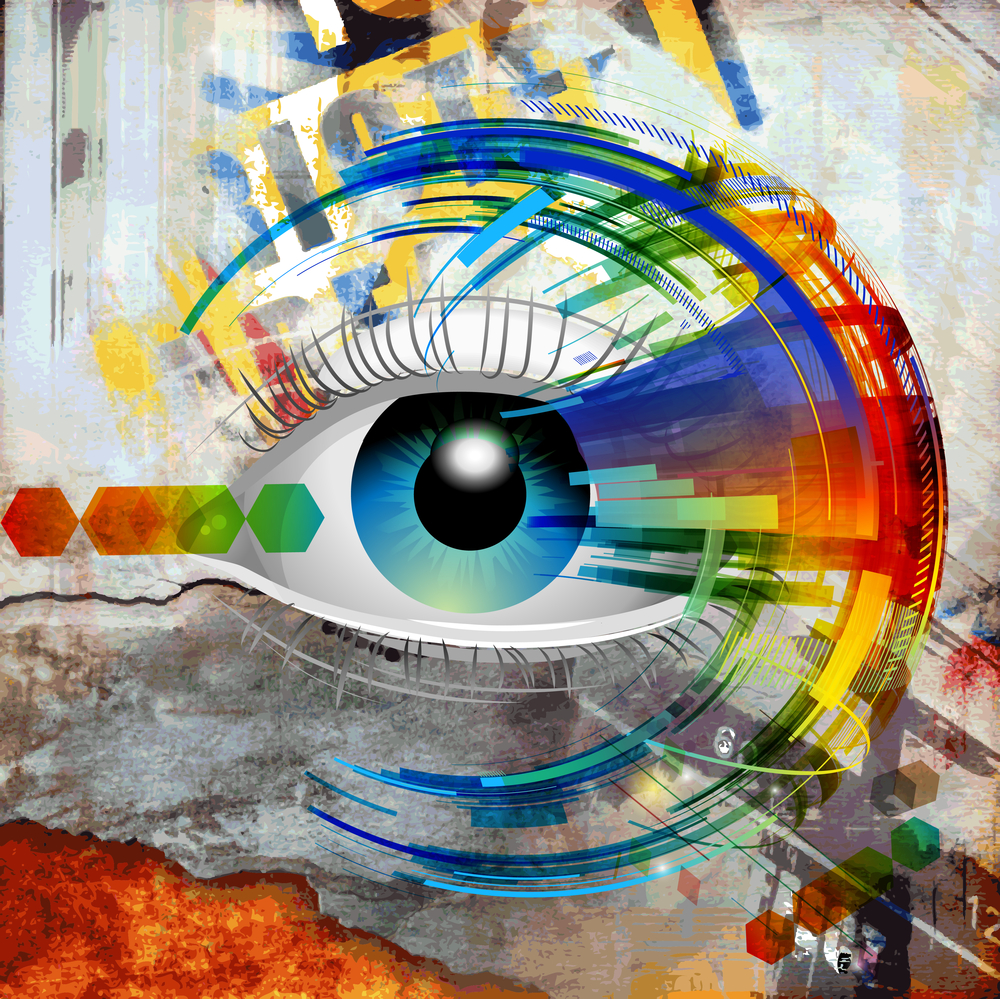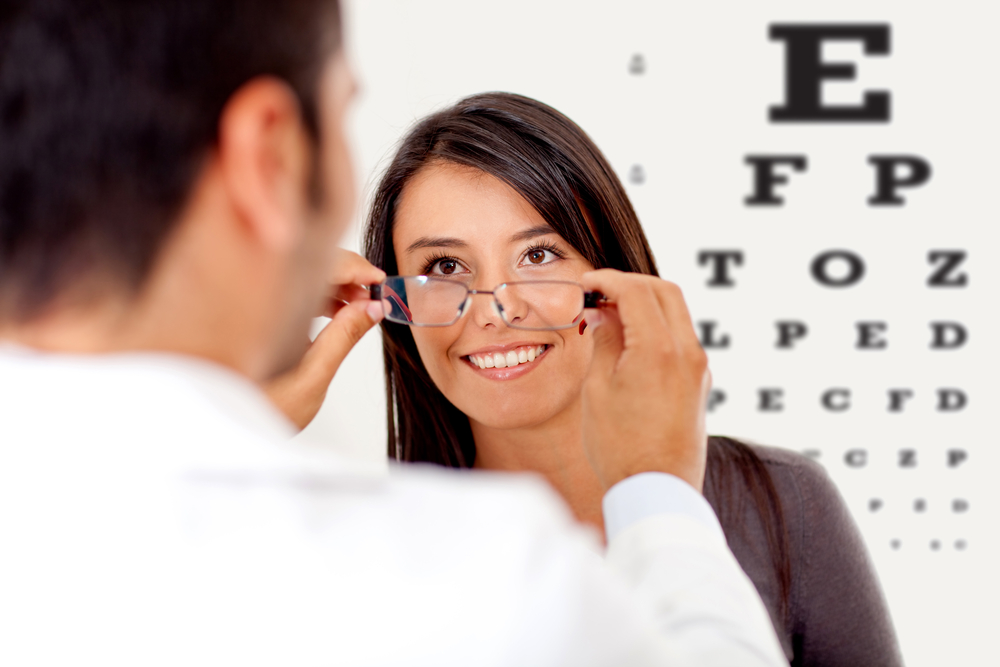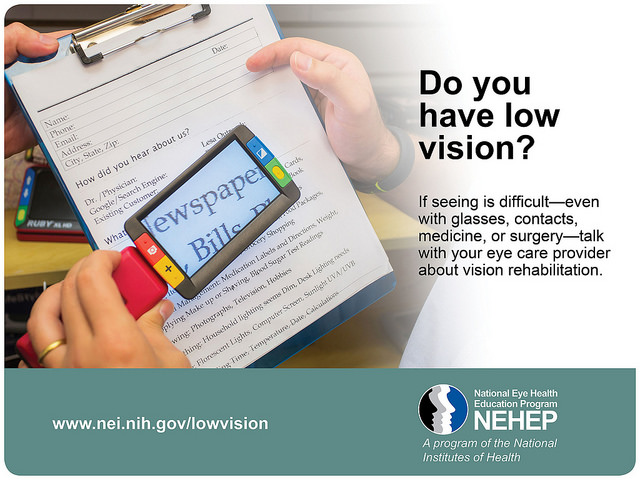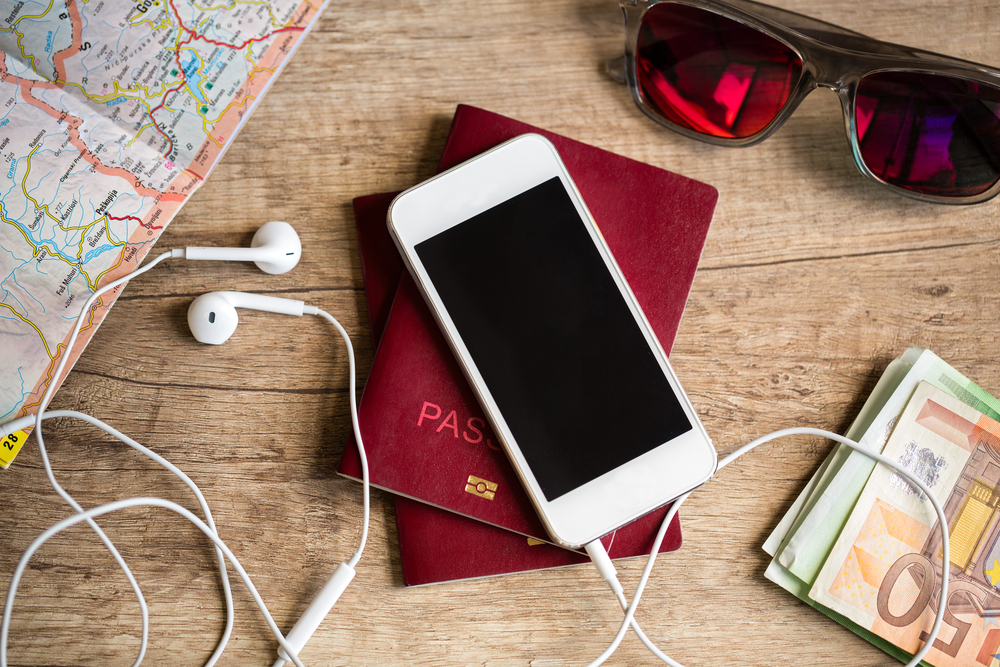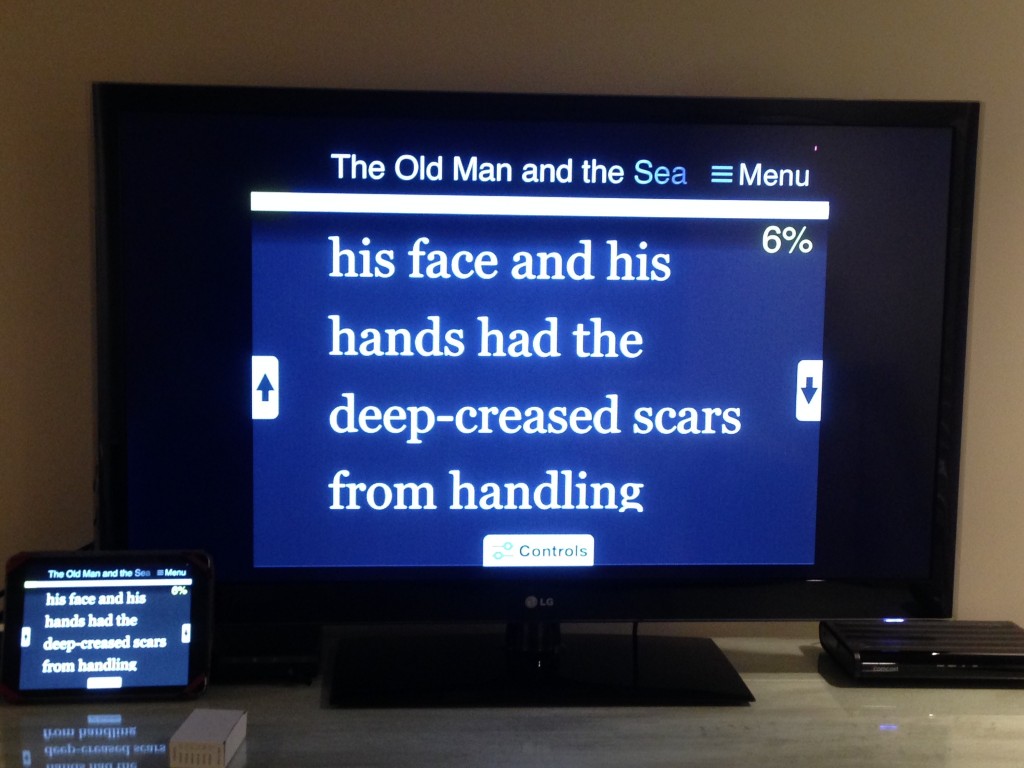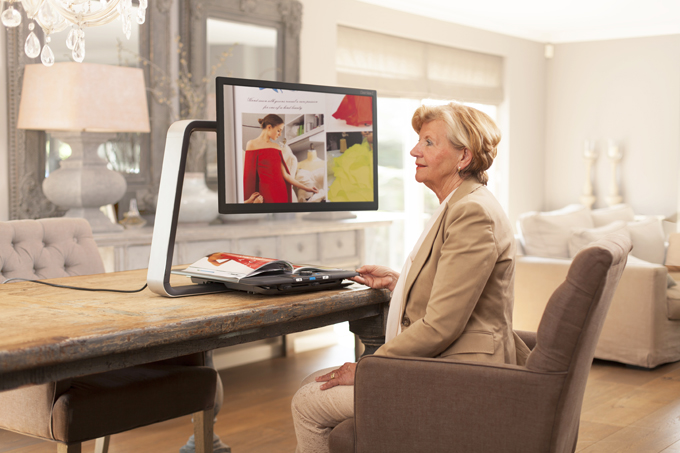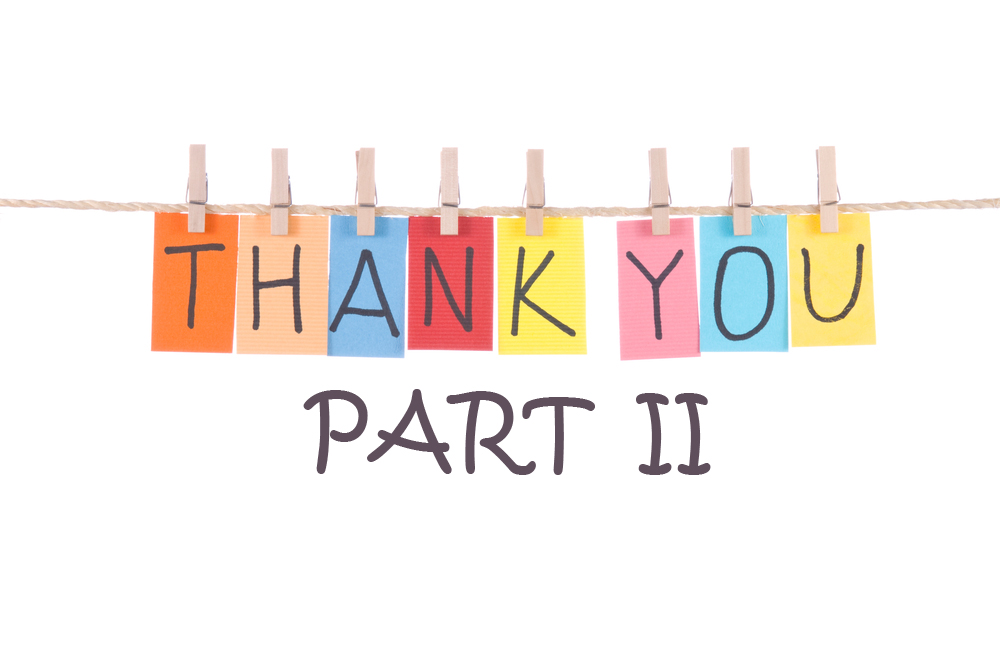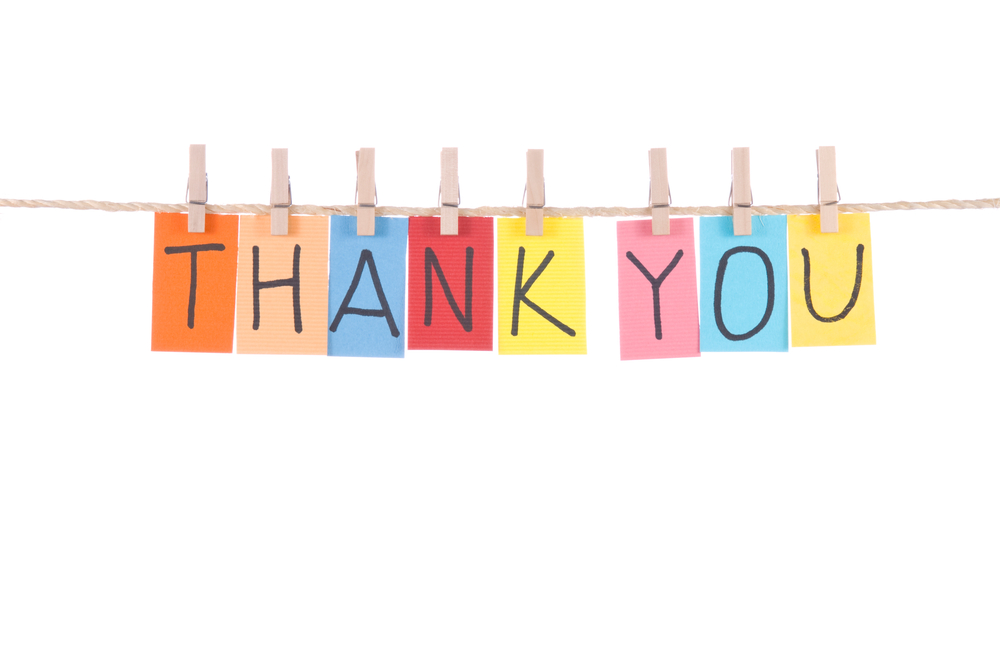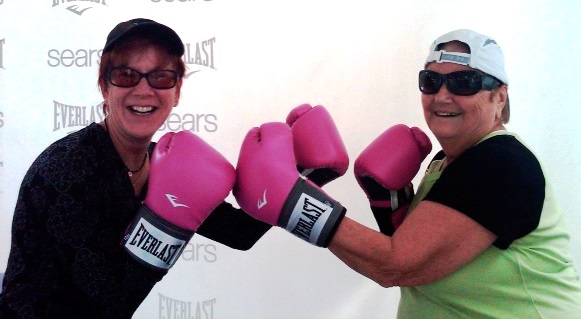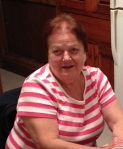Three million people in the U.S. age 40 and older have low vision. According to 2010 research by the National Eye Institute, the number of Americans with low vision will continue to grow dramatically, from 2.9 million in 2010, to 5 million in 2030, to 8.9 million in 2050, as our population ages. In response, The Hadley School for the Blind, the largest provider of distance education for people who are blind or visually impaired worldwide, has launched a series of 10 free audio recordings designed to help those living with low vision maintain their independence. Available through the new Low Vision Focus @ Hadley program the recordings share practical ways to address daily living skills made difficult by vision loss.
Low-Vision Audio Recordings
The recordings are available on CD, NLS (National Library Service) cartridge and as free mp3 audio downloads from the Low Vision Focus @ Hadley (LVF) website at www.lowvisionfocus.org. Individuals are required to register online to receive access to the free audio recordings or they should call 1-855-830-5355 for the CDs or NLS cartridges. 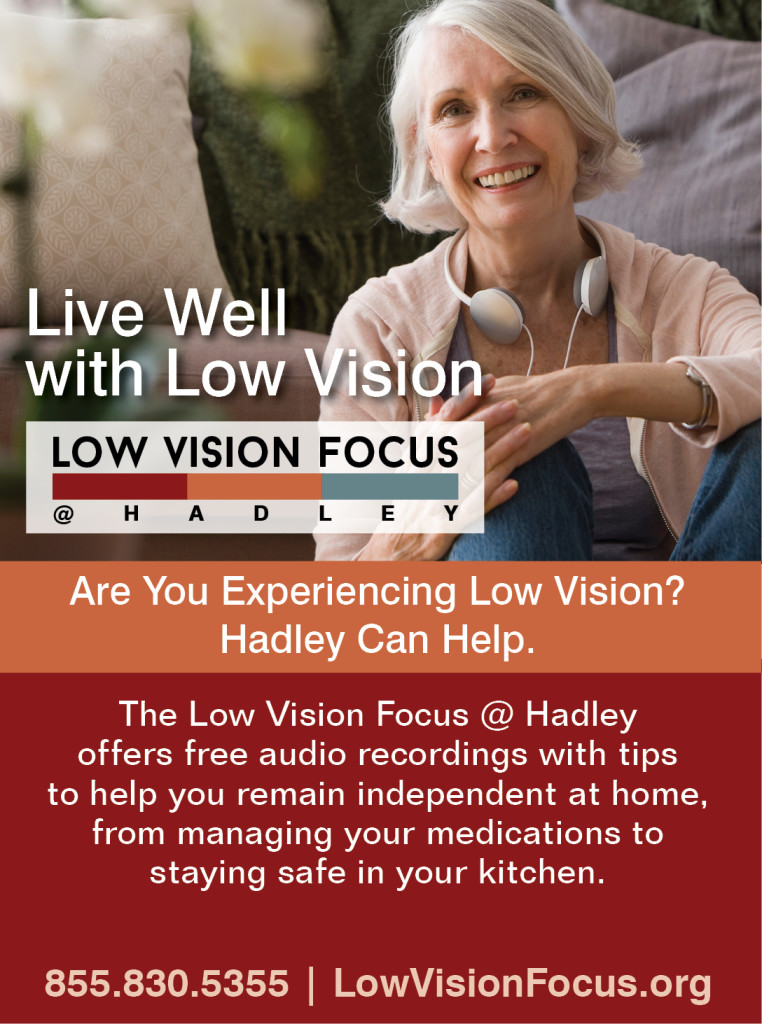 Each recording is approximately 30 minutes long and covers a different aspect of living independently with low vision. This series helps people move forward using step-by-step tips and techniques, along with information and resources to help maximize the vision they have.
Each recording is approximately 30 minutes long and covers a different aspect of living independently with low vision. This series helps people move forward using step-by-step tips and techniques, along with information and resources to help maximize the vision they have.
Following are the 10 audio lesson topics and a sample tip from each:
- Making the Kitchen User Friendly
It’s a good idea to have two different cutting boards – a light colored one and another that’s darker. This will allow you to choose a background color that contrasts with the color of the food you’re working with. So, slice white onion or mozzarella cheese on the dark surface, and carrots or green peppers on the light colored board. - Low Vision Cooking
When putting a pan on a burner, make it a habit to move the panhandle over the counter. It’s also a good idea to point it in a consistent direction. - Doing Simple Kitchen Tasks
When you’re cooking with spices, don’t add spices by shaking them over the mixed ingredients, because once you add too much, they can’t be removed. Instead, shake spices into your palm and pinch the amount that you want. You can always add more. - Basic Tactile Marking
When marking a microwave keypad with tactile dots, put one dot on each number – but add an extra dot on the number five. Since the five button is in the middle, the double dot will let you identify it, so you can use it to figure out where the other numbers are around it. - Simple Home Modifications
The direction that the light is coming from is just as important as the source. A lamp with a gooseneck or an adjustable swing arm will help you to position it right where you need the light. Remember, whatever you use, make sure it’s completely shaded, so no light is directed in your eyes making it difficult to see the object. - Getting Around the House
Every place in your home where sound can be heard is a great landmark for the room. Constant sounds like a ticking clock are a great way to tell where you are. Other less dependable sounds like the traffic on the street can tell you where the windows are, your neighbor’s television can let you know where the living room is, and the intermittent motor hum of your refrigerator can always point you towards your kitchen. - Looking Your Best
To mark your shampoo and conditioner, think about it this way: when you’re washing your hair, you use the shampoo first, and the conditioner second. To mark them, just put one rubber band around the shampoo, and then two rubber bands around the conditioner. It’s a simple concept – the container used first gets one mark, and the second gets two. - Keeping Prescriptions in Order
Open your pill bottles over a tray or baking sheet lined with dark colored felt. If you drop a pill, it won’t bounce on the floor and it will be easier to see. - Going Out for a Meal
When reaching for glassware, approach the glass from above, bringing your hand down to the rim, and then to the bottom to pick it up. Putting it down in a consistent place on the table will help you find it more easily. - Going Out with a Friend
A sighted guide is someone who has enough vision to help you get from one place to another safely. You will hold onto their upper arm with your hand so both of you maintain physical contact as you walk. When you’re approaching obstacles or changes in your path like doorways, stairs, or sidewalk curbs, it’s the sighted guide’s job to give you verbal and physical information to keep you aware of the surroundings.
While the LVF is geared toward older adults, the program is open to any individual who is experiencing sight loss or caring for someone who may be losing his or her vision. Adult children of seniors living with low vision are encouraged to take advantage of the online resources to assist their parents. Caregivers and professionals, especially those working with low vision support groups in local communities, are also encouraged to utilize the resources available through the LVF website.
In addition to downloadable recordings, the Web site offers links to free low vision webinars, Hadley distance education courses that are relevant to those with low vision, tips and resource lists. In the future, Hadley will provide free, “quick tip” videos through the Web site that complement the audio recordings as well as new monthly webinars.
“We are so excited to offer Low Vision Focus @ Hadley and enable this growing population to retain their independence and live with confidence,” says VP of Education and Training and head of Low Vision Focus @ Hadley, Doug Anzlovar.
For more information or questions, call 855-830-5355 or email lowvisionfocus@hadley.edu.
9/22/15
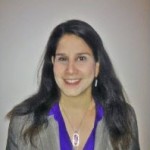 Sheryl Bass, MA, MSW
Sheryl Bass, MA, MSW
The Hadley School for the Blind


